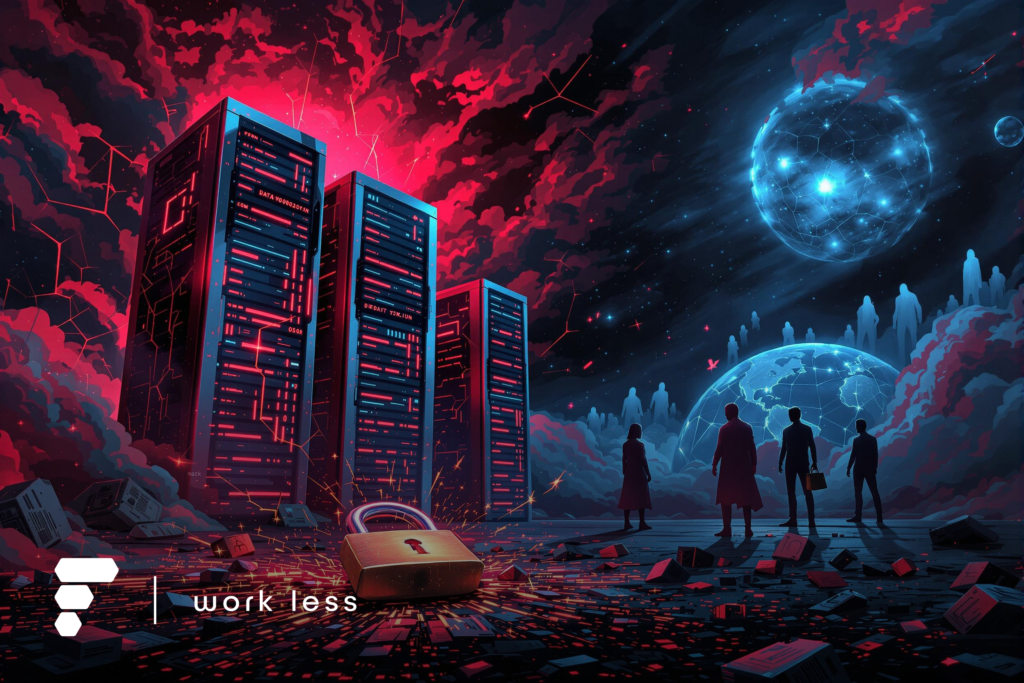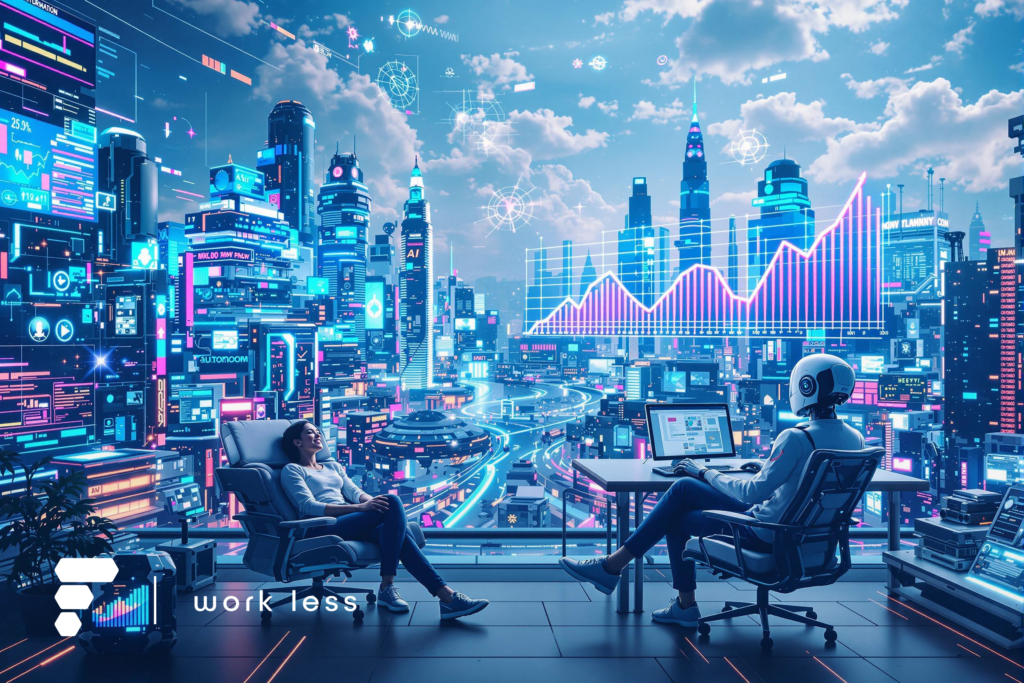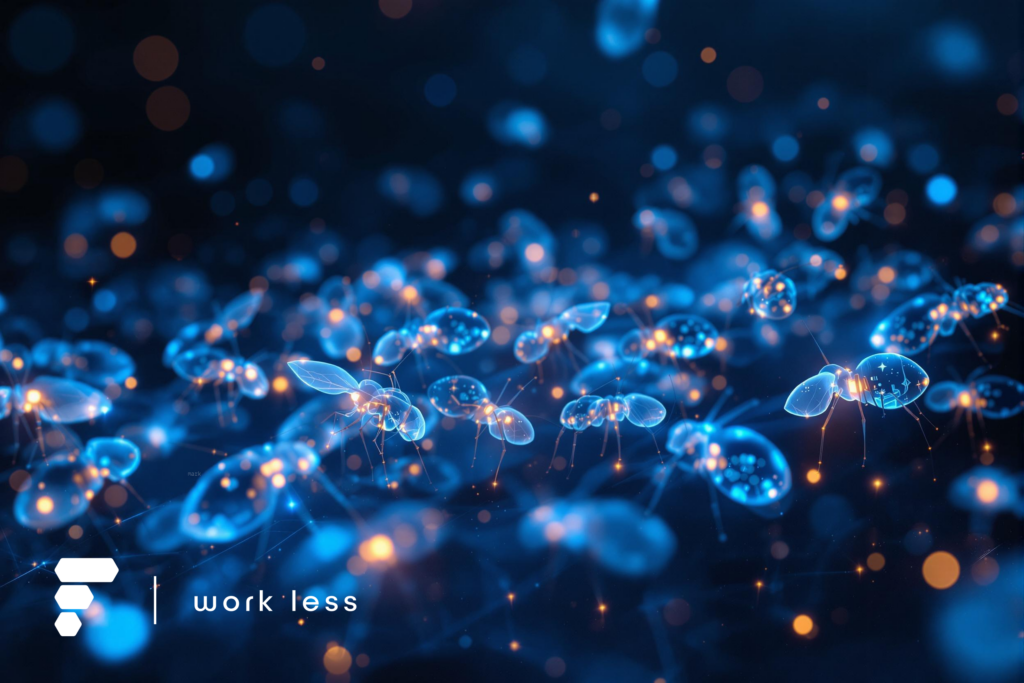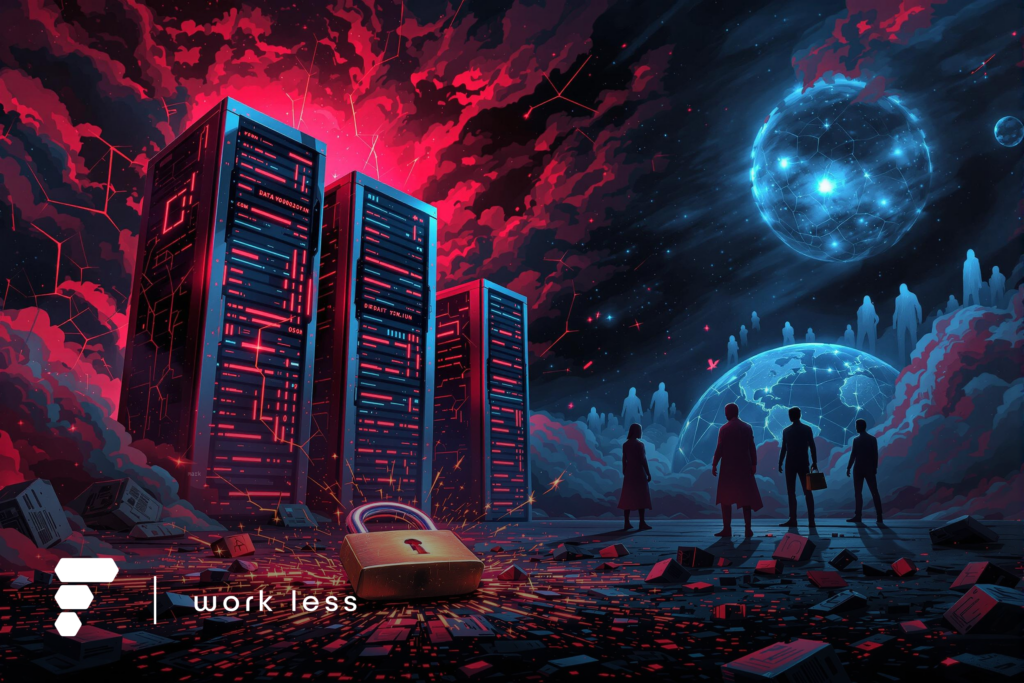Artificial intelligence has revolutionized the way businesses, organizations, and individuals interact with technology. At the heart of this transformation lies the language model, the powerful AI systems that can understand, generate, and interact with human language in ways that were once thought impossible. OpenAI, a leader in the development of advanced AI systems, has created cutting-edge models like GPT-4 and o1. These systems rely on extensive datasets sourced from diverse domains to train their algorithms, enabling them to generate highly sophisticated and contextually relevant text. However, as the AI field expands, OpenAI faces increasing legal scrutiny over the datasets used to train its models. The central issue is whether the inclusion of copyrighted or proprietary content in training data violates intellectual property laws, a question that has led to numerous lawsuits against AI companies.
In this blog, we’ll explore the fundamental issue surrounding copyright infringement, the potential legal challenges OpenAI faces, and the broader implications for the AI industry. We’ll also delve into the risks of OpenAI’s current approach to data usage and what this means for the future of AI development.
Background: The Foundation of AI Models
AI language models like OpenAI’s GPT series are built on enormous datasets that allow the models to learn and mimic human-like text generation. These datasets typically contain vast amounts of data scraped from a wide range of sources, including books, articles, websites, academic papers, social media platforms, and more. The more varied and extensive the dataset, the better the model can learn to understand context, generate coherent text, and answer questions accurately.
Training data is critical to the development of high-quality AI models. A model’s ability to understand nuances in language, detect sentiment, respond to queries, and even produce creative content relies heavily on the diversity and richness of the data it was trained on. This training process involves feeding the AI vast amounts of text from various sources, teaching it how to generate meaningful patterns and associations between words, phrases, and concepts.
However, this is where the potential legal pitfalls arise. OpenAI, and other organizations following similar practices, have accessed and utilized data without obtaining explicit consent from copyright holders in many cases. The content that these models learn from is often sourced from copyrighted material, and the question of whether it is permissible to use such material without compensation or authorization is becoming increasingly urgent.
Legal Exposure Presents a Pandora’s Box of Copyright Claims for OpenAI
OpenAI’s training process involves collecting data from a myriad of publicly accessible online sources, some of which are protected by copyright. Copyright law generally grants the original creator of a work exclusive rights to its use, including the rights to reproduce, distribute, and create derivative works based on that content. While the doctrine of “fair use” in the U.S. may provide some level of defense in cases involving the use of copyrighted material, it’s not a clear-cut shield, particularly for AI companies.
Fair use allows for the limited use of copyrighted works without permission under certain circumstances, such as for commentary, criticism, research, or teaching. However, newer AI models like GPT-4 and Claude are not merely summarizing or analyzing their training data. These models synthesize information from vast datasets to generate novel text, leveraging patterns, structures, and styles learned during training. While they do not store training data verbatim, they may produce outputs that closely resemble original source material, particularly when prompted with specific details or when training data is over-represented by certain copyrighted works.
OpenAI’s model, GPT-3, was trained on 570GB of text data extracted from sources such as websites, books, and academic papers. The dataset includes content from millions of sources—some of which may be copyrighted and others not.
Moreover, the scale of the data collection makes the situation even murkier. OpenAI’s model, GPT-4, was trained on a wide range of publicly available data sources, including text from websites, books, academic papers, and other forms of written content. The dataset is vast, comprising hundreds of billions of tokens, and includes a diverse array of information. While OpenAI takes steps to ensure the responsible use of data, it is important to note that the dataset may contain content from copyrighted sources. However, the model does not directly access proprietary databases or private content unless explicitly provided by users. Given the size of the dataset, concerns around potential copyright violations are a topic of ongoing legal discussions in the AI industry.
The current legal landscape surrounding AI and copyrighted data is becoming more complex as AI systems GPT-4 are trained on vast datasets that may include copyrighted material. Various stakeholders, including content creators, publishers, and legal experts, are raising concerns about how these AI systems may reproduce or generate content that could be seen as infringing on intellectual property (IP) laws. Below are some real-world examples that highlight the growing tensions between AI development and copyright issues:
1. The New York Times vs. OpenAI (2024)
Issue: The New York Times sued OpenAI for allegedly using its articles to train GPT models without permission. The lawsuit highlights concerns over the unauthorized use of copyrighted journalistic content. The Times also claims OpenAI deleted evidence related to the use of its materials.
Implications: If successful, the lawsuit could set a precedent for how news organizations protect their content from being used in AI training. OpenAI may face significant financial and reputational consequences, and the case could impact how AI companies handle copyrighted works moving forward.
2. Getty Images vs. Stability AI (2023)
Issue: Getty Images sued Stability AI, claiming its AI image generation tool, Stable Diffusion, used Getty’s copyrighted images without permission to train its model.
Implications: If Getty wins, Stability AI could face substantial financial penalties, raising questions about the legality of using copyrighted content in training AI models.
3. Authors Guild vs. OpenAI (2023)
Issue: The Authors Guild sued OpenAI, alleging that GPT models were trained on copyrighted books and texts without authorization, potentially infringing on authors’ rights.
Implications: A win for the Authors Guild could lead to financial compensation for authors and impose stricter regulations on how AI models can use copyrighted text.
As the use of AI models continues to expand, legal experts are calling for clearer guidelines surrounding the use of copyrighted material. Until these guidelines are established, OpenAI and others in the industry could face a constant threat of litigation and legal exposure that could drastically affect their operations.
Industry-Wide Implications: Is This a Ticking Time Bomb for the AI Sector?
While OpenAI may be the most prominent example, it’s far from the only company using massive datasets to train AI models. Across the AI industry, companies are employing similar practices—using large-scale datasets without always obtaining the proper permissions from copyright holders. If OpenAI’s legal exposure results in significant damages or a shift in how copyright law is applied to AI training, the ripple effects could be far-reaching.
An unfavorable ruling for OpenAI could set a legal precedent that forces the entire AI industry to re-evaluate its data practices. This could lead to several outcomes:
Data Sourcing Overhaul: AI companies may be required to obtain explicit permission from copyright holders to use their material for training purposes, fundamentally changing how AI datasets are compiled. This could introduce significant costs and complexities in securing licenses for data.
Stricter Regulations: Governments may introduce more stringent regulations around AI data usage, mandating that AI companies ensure data is copyright-compliant before training models. This could slow down innovation and limit access to valuable data sources.
Increased Liability for Companies: As litigation intensifies, companies might be forced to set aside funds for potential legal claims, diverting resources away from research and development into legal defense.
The risk isn’t just theoretical. In recent years, several lawsuits have already emerged from content creators accusing AI companies of infringing on their intellectual property. If OpenAI or other major companies lose these cases, the floodgates could open for further legal action against the entire AI industry.
The legal uncertainties also create an atmosphere of instability, which could hamper investor confidence. AI companies may find it more difficult to secure funding if the future of their data sourcing and business model is unclear. This could also result in the industry becoming more centralized, with only the largest companies able to navigate the complex web of copyright licensing.
Silent but Dangerous is the Risk of OpenAI’s Approach
The current approach OpenAI uses for training its models might seem effective in the short term, but it is fraught with hidden dangers. OpenAI and others in the industry are walking a fine line between maintaining model quality and respecting the boundaries of proprietary data. The reliance on open, publicly available data makes it increasingly difficult to ensure that all content used is either unprotected or falls under fair use.
One of the dangers lies in how AI models, while they may not directly copy entire works, are capable of generating outputs that closely resemble copyrighted material. This creates a legal gray area. For example, if an AI model generates a sentence or passage that is nearly identical to a copyrighted work, it may be considered a violation of copyright, even if the data used to train the model was not explicitly copied.
Furthermore, OpenAI’s models are continuously updated with new data, which can inadvertently include newer copyrighted works that have not been vetted for permission. This ongoing, dynamic process of training and retraining AI models may further complicate efforts to maintain compliance with copyright laws.
The situation is exacerbated by the fact that AI companies are under tremendous pressure to deliver ever-improving models. Ensuring the quality of the model while managing the legal complexities of data usage may be a challenge that OpenAI and other players cannot navigate effectively without significant changes to their data policies.
What’s Next…
As the industry stands on the cusp of greater AI integration across sectors, it’s clear that fundamental shifts are required. The current legal landscape surrounding AI and copyright is uncertain, and the risks of continuing on the current trajectory are considerable. OpenAI’s challenges could serve as a wake-up call for the entire industry, highlighting that these issues are not unique to one company. As more businesses adopt decentralized models and rely on AI and cloud-based technologies, they will face similar challenges around data privacy, security, and compliance.
While some companies may seek to manage these issues quietly, the question remains: how long can the industry continue down this path without facing significant consequences? It is clear that substantial changes are necessary, both from a legal and operational standpoint, to ensure that AI’s potential can be fully realized without running afoul of intellectual property laws.
Though there is no single solution, the industry must begin grappling with these challenges today. The future of AI may depend on how well companies balance innovation with responsibility, and how effectively they address the growing concerns around copyright infringement. Only time will tell how the legal landscape will evolve, but it’s certain that the actions taken now will set the stage for the AI industry’s future.



